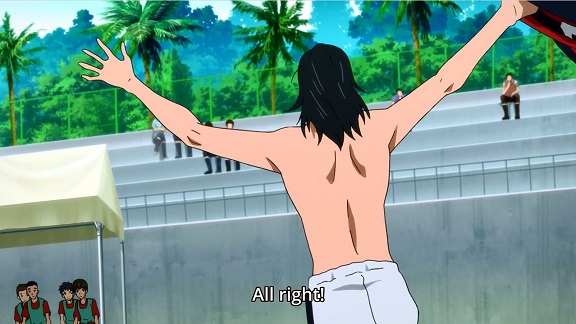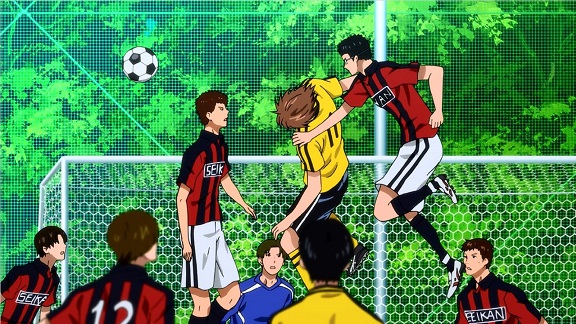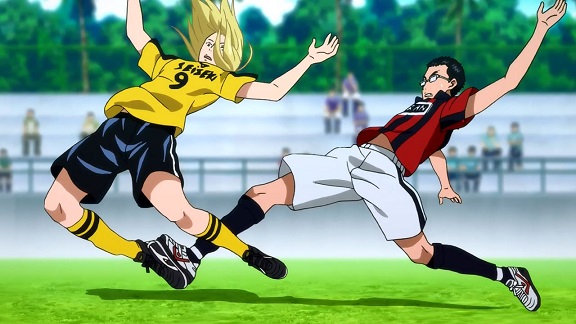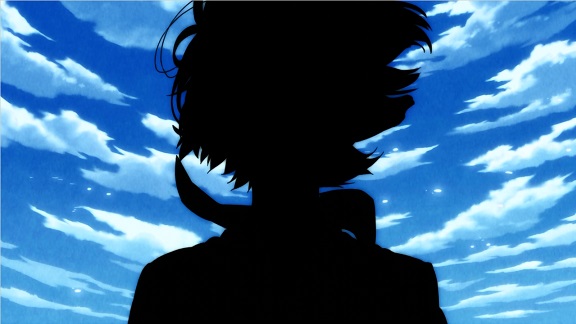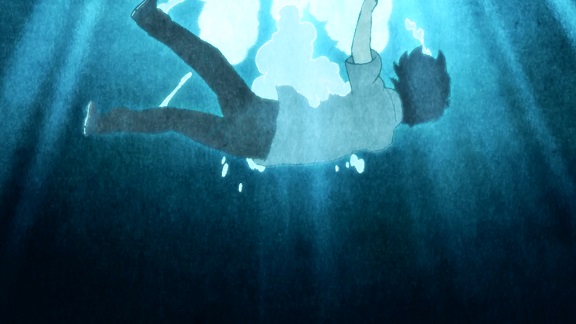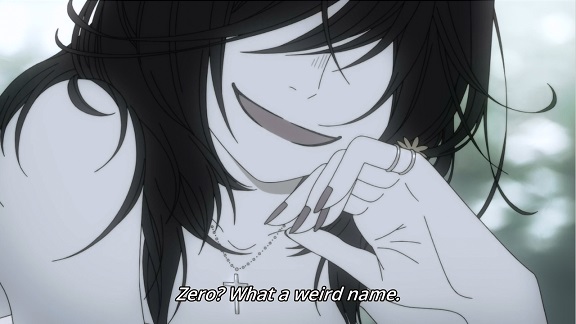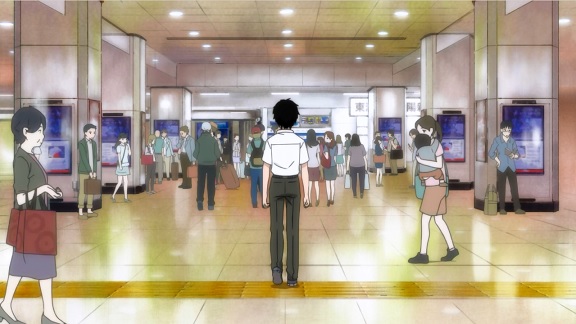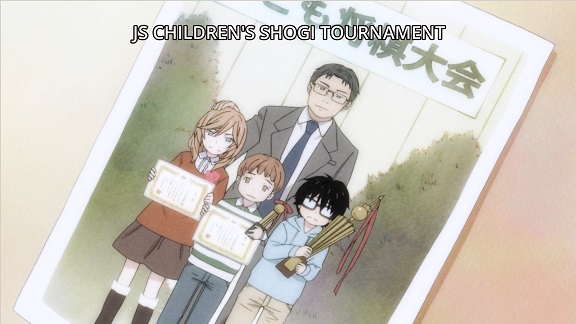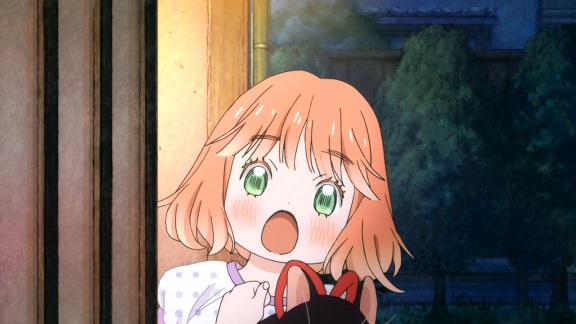This is where it started for KyoAni, isn’t it? The Melancholy of Haruhi Suzumiya #12: “God Knows”. There had been music playing in anime before, but this was a piece of technical and storytelling audacity hitherto unseen. Often imitated, it’s still the gold standard for rock scenes. Animating instrument playing must be bloody hard, but KyoAni just plunked it down nonchalantly in a school festival episode, as if to challenge everybody else. Sure, there’s still a fair bit of “cheating” going on, the close ups on the drumming and guitar playing being intercut with crowd reaction shots and such, minimising the need for accuracy.
Nine years later and KyoAni is no longer content with doing the occassional brilliant music scene, but insist on doing a series that’s all about playing and practising music, culminating in the final performance as shown above. Just on its own it’s a marvel of animated perfection, a brilliantly executed showpiece having a complete concert band on stage and playing without cheats. But in the context of the series as a whole, it’s also the emotional climax and more so because it’s so technically perfect. That performance is what the entire series hs worked towards, the culmination of all the effort the protagonists have put into: if it isn’t animated as well as the performance is supposed to be executed it wouldn’t work.
A year further on and the second series of Hibike! Euphonium and KyoAni has raised the bar again. The fifth episode has the same piece as in the finale of the previous series and just as Kitauji High School Concert Band has upped the stakes for the next stage of the competition, so has the animation. KyoAni has come gobsmackingly close to perfection here; even trained musical professionals can barely find anything to nitpick. And again, that technical perfection is what heightens the emotional impact, coming as it does at the end of the first story arc. Bloody cheeky though, to have such a showstopper in only the fifth episode…
